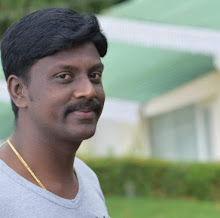Christian New Year
 |
Christian/Gregorian New Year Traditions
New Year traditions create a sense of responsibility and also ties an emotional bond of togetherness, belief and faith. New Year traditions are being followed with immense devotion and joy by the people of Christian community. Tradition of New Year Baby is used as a symbol of rebirth by many Christians. Image of a baby with New Year's banner is displayed at many houses.
New Year festivities are incomplete without singing the traditional Auld Lang Syne song. It means 'the good old days'. People sing this song altogether on the New Year's Eve. Traditionally, it is thought one's fate is determined according to the type of food consumed on the first day of the year. People prepare auspicious meals and celebrate the New Year by eating black-eyed peas. Similar to this, the tradition of first-footing is also practiced very seriously by Christians. The visitor should be a tall and dark-haired man.
One tradition of the season is the making of New Year's resolutions. Many people keep New Year resolutions in the coming year. They even pledge to get their desires fulfilled. Modern New Year resolutions are the promise to lose weight or quit smoking and many more.
Another famous tradition of New Year Parades is attended with excitement by people of all age groups. These parades are preceded by the football game which is the main attraction of the festival. Last but not the least, New Year traditions also include the bursting of crackers and other fireworks to scare off the evil spirits and bring in good fortune.
Christian New Year Celebrations
New Year ushers in the festive spirit. People splurge in the New Year activities with fun and excitement. New Year brings in happiness and so people make it a grand affair to welcome the coming year. New Year celebrations begin with the New Year Eve. Christians attend balls, theme and private parties to celebrate the New Year. Party halls are booked in advance and there is rarely any place which is not hit by the partiers. Festive music and songs rock the New Year parties. People dress up in their best clothes to celebrate the New Year. At the stroke of 12 at midnight, people make a lot of noise, hug, kiss and wish each other “Happy New Year”.
New dawn is welcomed with open arms by the Christians. Even after partying all night, Christians don't delay to visit the church on the New Year's Day. They spend the day with family and friends, go to picnics, watch movies and have favorite meals.
Aravind T..
Ref :



